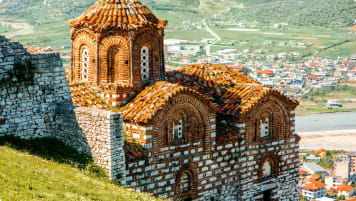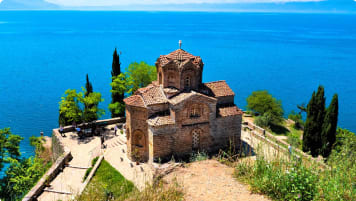A History of the Balkans: Albania and North Macedonia
Sprawling eastwards from the doorstep of Western Europe, the Balkan region has had a long, convoluted and fascinating history. Read on to learn about the region’s history, starting with the problem of the ‘Balkans’, and the region's history up until World War I. From here, the thread is taken up by the stories of Albania and North Macedonia, two overlooked but fascinating examples of Balkan statehood in the 20th century.
5 Dec 19 · 12 mins read

The Balkans, Albania and North Macedonia
Sprawling eastwards from the doorstep of Western Europe, the Balkan region has had a long, convoluted and fascinating history. The region resembles a lopsided trapezium on the world map, its four corners marked by Slovenia in the northwest, Moldova in the northeast, Turkey in the southeast and Greece in the southwest. Over the last millennium, the Balkans has been at the centre of the great games of tug and pull between East and West, Christian and Muslim, and Communism and Capitalism.
In tracing these tectonic forces, the story of the Balkans itself is often forgotten. Read through many of the traditional history textbooks and the character of the Balkans itself is often only alluded to in the footnotes of the great empires and civilisations that have passed through it. But throughout the many consecutive waves of conquest and reconquest, the Balkans has developed and maintained a fiercely independent character. The story of the Balkans must be told in its own right. Where civilisations have come and gone along the plains below, in the mountains above a distinct culture has survived the millennia with near full autonomy. This character has nonetheless been complemented by each passing peoples, to leave behind a regional kaleidoscope of culture, architecture, peoples and landscapes.
As a consequence, the Balkans has been the go-to location for the intrepid traveler, and is truly a hidden gem for tourists on the periphery of Europe. The region offers everything from historical tours of Byzantine settlements, to the formidable ‘Accursed Mountains’ and the stunning Lake Ohrid. Many of these sites of natural beauty are intimately tied to the human history around them. To understand the region’s history is to better understand its present, and in turn to better appreciate its complexity and beauty. Read on to learn about the fundamental problem of the ‘Balkans’, and a synopsis of the region’s history. From here, the thread is taken up by the stories of Albania and North Macedonia, two overlooked but fascinating examples of Balkan statehood in the 20th century.
The problem with ‘Balkan’
The continued use of ‘Balkan’ as a reference to Europe’s south-eastern peninsular is actually a hangover from a 19th century geographical error.
It was once assumed that the great Balkan Mountains, like the Pyrenees in Iberia, extended all the way across the peninsular, forming a natural border. ‘Balkan’ was therefore extended to label the entire region. Despite the geographical fragility of this reasoning, the term nonetheless started to stick by the end of the 19th century.
It is important to understand that, despite these etymological roots, ‘Balkans’ has never been an exclusively geographical term. The word was inherently tied to 19th century assumptions about the region’s socio-political character; assumptions that still linger around the word today. The use of the term ‘Balkan’ was, and often still is, used in allusion to the perceived homogeneity of the region’s countries. Unfortunately, this unity of character was popularly believed to be rooted in the universal primitivism and violence of the Balkan peoples. From the 19th century onward in particular, the Balkans was cast as western Europe’s darker shadow.
‘Balkan’ eventually became the go-to word when discussing the political and geographical features of the region by the early-mid 20th century. It fell into favour as Slavic nationalism had torn up the old Ottoman empire, and a new word was needed to replace the now redundant label of ‘Turkey in Europe’. The new geopolitical standings demanded a new understanding of the region. Though ‘Balkan’ was used to describe the new reality, the word was still laden with its original meanings and negative connotations from the 19th century.
In the minds of liberals in western Europe, ‘Balkan’ nationalism was the antithesis to the nationalism that had brought their countries to global dominance previously. ‘Balkan’ became a blanket term to describe a region on the geographical, intellectual and moral periphery of Europe. Its countries were seen as an almost indistinguishable mass of tempestuous nationalism, massacres and revolts, far removed from modern sensibilities.
The connotations hanging on to the word itself have framed many peoples’ understanding of the region. Few see it for the diverse range of countries that it is, or the remarkable history that it hides. It is therefore important to understand the basic story of the Balkans, before highlighting the unique histories of two overlooked destinations: Albania and North Macedonia.
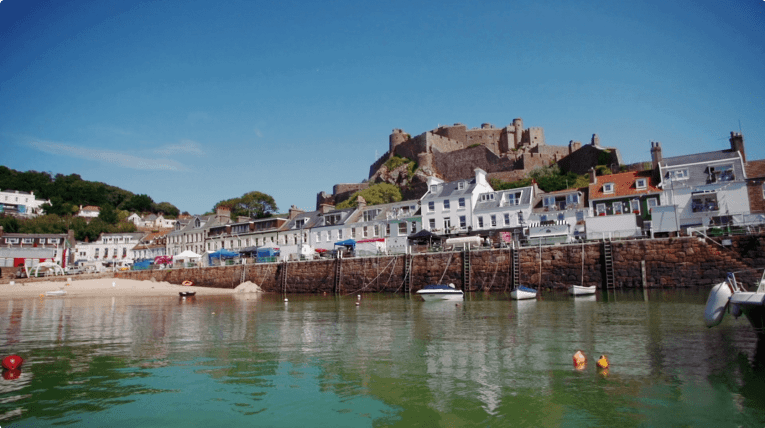
A Brief Introduction to the Balkans: i Byzantine and the Ottomans c.400 – 1400 AD
The Balkans sit at the confluence of the many identities that have come to shape the modern world.
The Balkans is European, Slavic and Turkish. It is both Eastern and Western, Christian and Muslim, Catholic and Orthodox, Capitalist and Communist. The peoples living in these countries have been the liberators and the oppressors, each motivated by identities rooted in a myriad of national, ethnic, religious and political beliefs.
Starting from the fall of the Roman empire in the region in the 4th century AD, the Balkans’ history is traditionally told through the waves of external immigration and conquest that have influenced the region. The 6th and 7th centuries were defined by large scale Slavic immigration and settlement into the region, creating the core demographic group of the Balkans today. Four main groups emerged from the Slavic tribes that had settled in the region: Slovenes, Croats, Serbs, and Bulgars (Bulgarians). Throughout this period, each largely recognised the hegemony of the Byzantines, the inheritors of the eastern Roman empire, over the majority of the Balkan peninsular.
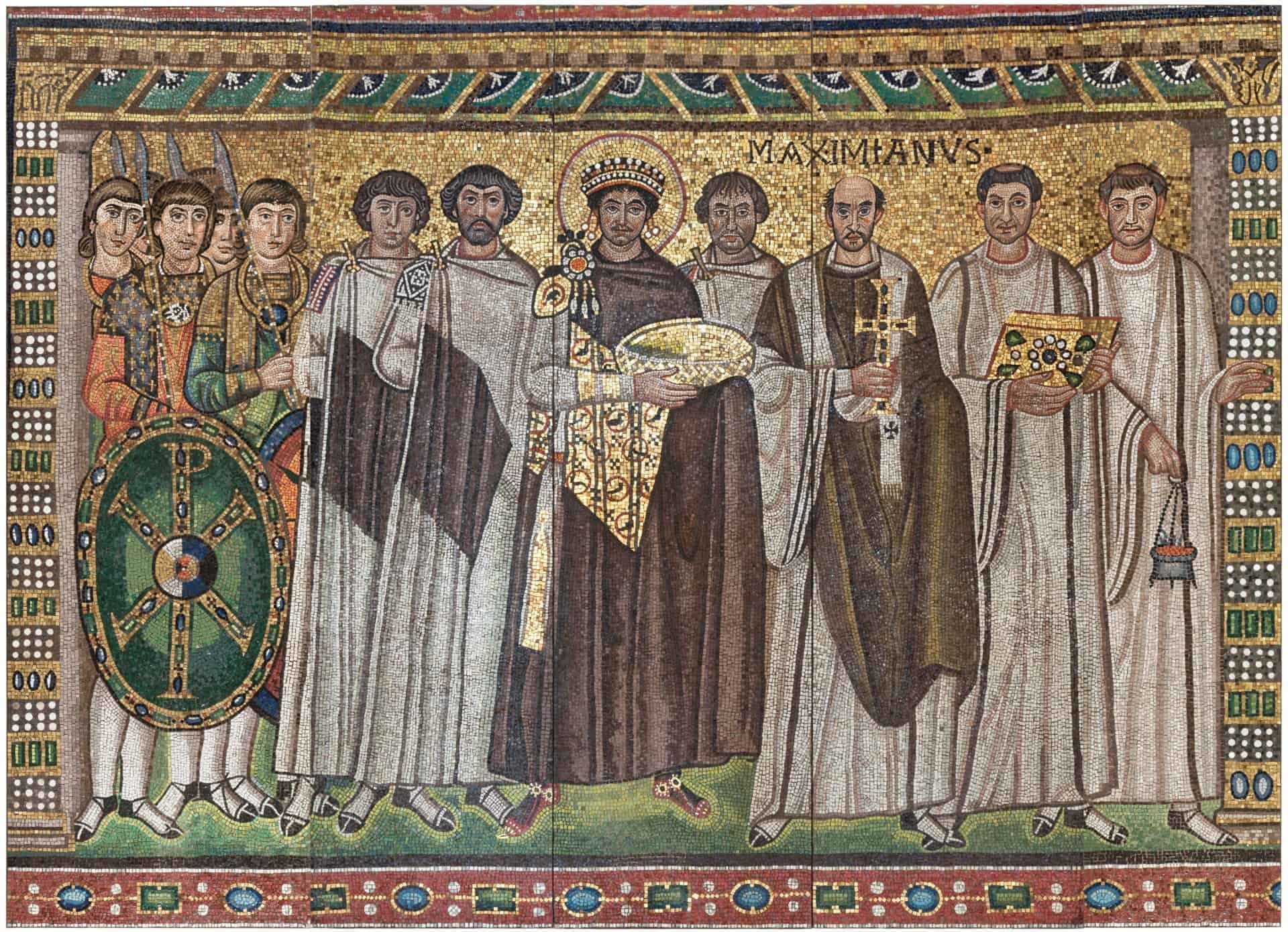
The 11th century boar witness to the emergence of the Seljuk Turks as a dominant force in Anatolia, who gradually conquered most Byzantine territory to the east of their capital city, Constantinople. As the Seljuks conquered their way into the Balkans from the east, crusaders sacked Constantinople in 1204 from the west. The crusaders ruled over the city for a disastrous five decades which, together with the Seljuks dominance in the East, forced the Byzantines into terminal decline.
The sacking of Byzantine Constantinople, the capital of Orthodox Christianity, by Roman Catholic crusaders also serves to illustrate the religious divisions that had already bisected the Balkans by the medieval period. The Mongol empire briefly burnt its way across the Balkans a few decades later. In a matter of years, Mongol warriors had advanced across the entire region, and were poised to attack the city of Vienna, but were forced to turn back after the Great Khan Ögedei’s death in 1241.
This direction of dominance, from east to west, continued for the next 350 years as the Ottoman empire grew from the ashes of Seljuk and Mongol decline.
From their capita in Adrianople, the Ottomans first gained Gallipoli in 1352, before steadily moving westwards into the heartlands of the Balkan peninsular. Twice, in 1529 and 1683, the Ottomans lay siege to Vienna, deep within central Europe. However, the Ottomans were defeated on each attempt, and Vienna remained the high-water mark of their imperial expansion. From the peak of 1683, the Ottoman empire fell into a steady pace of decline, which it failed to ever truly reverse.
As the Ottoman influence slipped away from the Balkans, new forces emerged from the shadows to compete in the power vacuum. The Hapsburg monarchy reached out from their homelands in Austria to annex Hungary-Croatia from the Ottomans. From the north, Russia forced heavy concessions from the Ottoman empire at the Treaty of Küçük Kaynarca (1774), extending their authority over the Danube river and to all Orthodox Christians in the last strongholds of Ottoman control. Deep in the events of the 18th century, with the Ottomans ceding control of the Balkans to both the Russians and the Austrians, lie many of the seeds for the ethnic divisions that still dissect the region today.
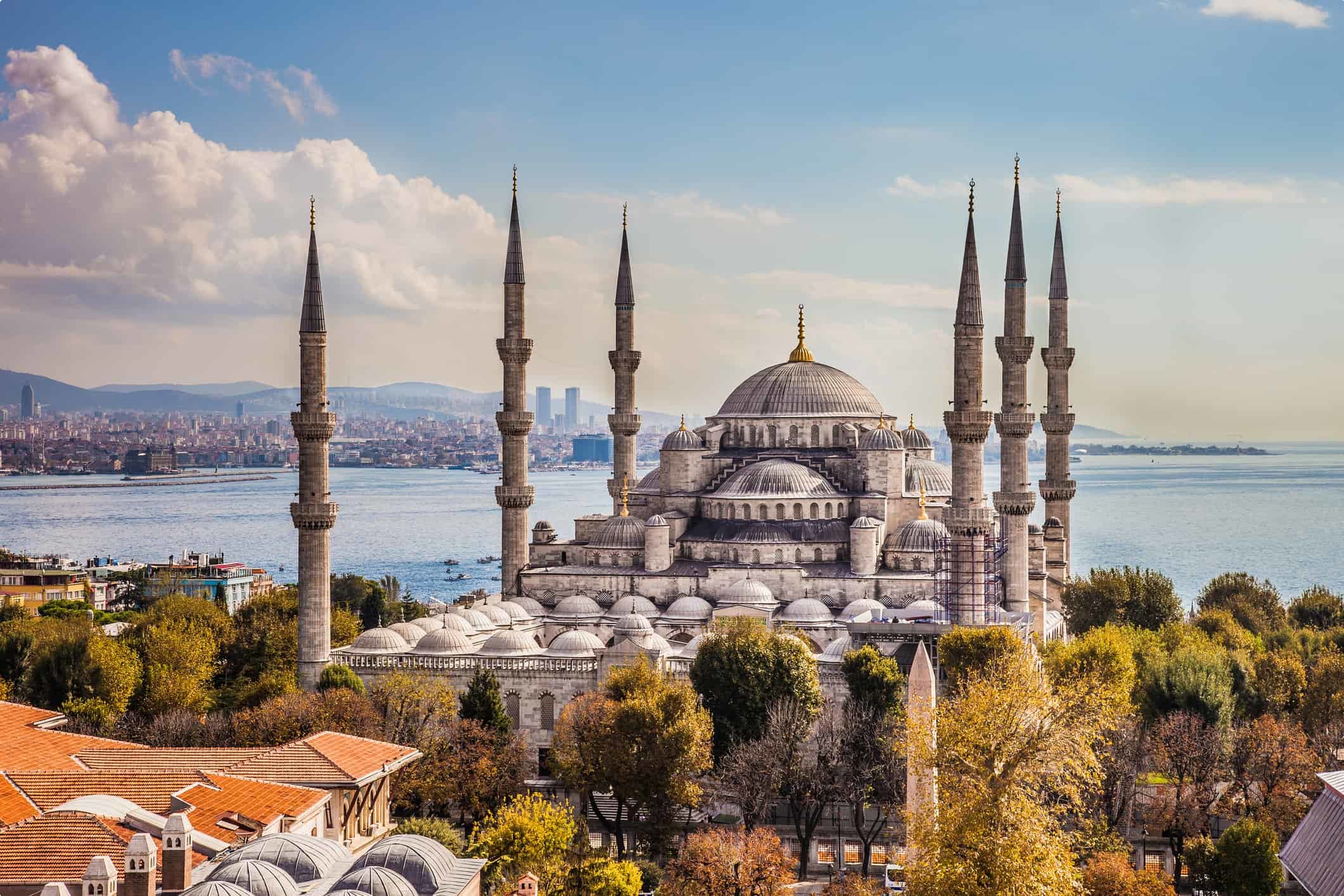
A Brief Introduction to the Balkans: ii The Eastern Question c. 1800 – 1914
The events of the mid-late 19th century, now referred to as the ‘Eastern Question’, drew many of the battle lines along which the next century of Balkan history would follow.
The period’s dynamics were created by the increasing involvement of four of the Great Powers – Britain, France, Russia and Austria-Hungary – in the Balkans. All were brought to the region by the imminent collapse of the Ottoman empire, ‘the sick man of Europe’, albeit for slightly different reasons.
Britain and France acted in line with the balance of power doctrine, which dictated that the Ottoman empire had to be propped up to prevent Russia gaining too much influence in the Balkans. On the other hand, the Russians had their hopes set on expanding their territory into its ‘natural’ borders’ southwards into Slavic-dominated Ottoman lands. Conversely, the Austro-Hungarian empire sought to quell Slavic nationalism on its borders to the east. A patchwork empire ruling over many ethnic groups, the Hapsburg’s were fearful that any national embers on its borders could set the whole empire aflame.
Beneath the grand strategy played out in palaces across central Europe, a national awakening spluttered into life across Balkan cities in the 19th century. Greece emerged as an independent state out of the clutches of Ottoman rule in 1830, Serbia effectively gained autonomy a year earlier. However, the Congress of Berlin in 1878, following Russia’s advance through Ottoman territory up to Constantinople a year earlier, was the water-shed moment for Balkan nationalism. Serbia gained full independence, alongside the newly founded Montenegro and Romania. Bulgaria gained effective autonomy as in independent tributary within the Ottoman empire, opening up the road to the formation of a more concrete national body.
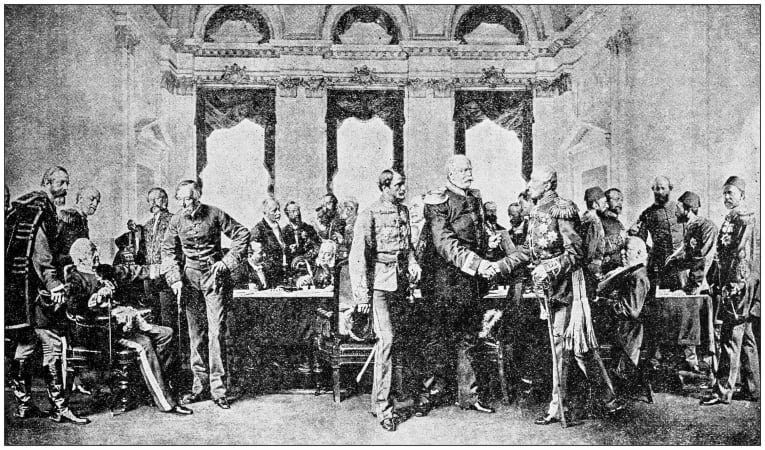
However, this was not the romantic arrival of nationalism that many in Paris and London took it to be. The Ottoman state, though in terminal decline, still commanded authority over the region. The idea of a nation, whether it be ‘Romania’ or ‘Macedonia’, was held only in the minds of a select few members of the intelligentsia. It is hard to emphasis enough how foreign the idea of many of today’s nation states were to the general populations of Europe in the 1800s. The national states that emerged during this period, as much as any other period, from Italy to Macedonia, were consciously guided into existence.
From this perspective, the Balkans in the 19th century was not defined by a smooth transition from Ottomans to the foundations of modern nationalism. Instead, crude geopolitical games, the cruel power of a fading empire and ignored populations had turned the region into a powder keg. The assassination of Archduke Franz Ferdinand in August 1914 was the spark that exploded the region, after which Balkan history would never be the same.
A Close-Up of the Balkans: i The Emergence of Albania c. 1870 – Present
Albania epitomises the multi-tiered history of the Balkans.
Situated on the north-western border of Greece, Albania is strategically blessed. It sits at the meeting point of the Ionian and Adriatic seas, at the one of the closest crossing points between the Balkan peninsular and central Europe. However, this blessing was, for the local inhabitants at least, a curse for the most of their history. Almost every marauding army, from the Goths, Slavs and Bulgars to the Ottomans, at some point moved their armies through the region. The influence of the latter for nearly five centuries is clear in a European country with a predominantly Muslim population. This religiosity was brutally tempered by the strict atheism imposed by the Communist government that ruled Albania from 1945 until 1990.

As with much of the Balkans, beneath this meta-history resides a fascinating local history.
Albania has a particularly harsh topography; mountainous regions constitute three quarters of the country’s land. The country is even home to the ‘Accursed mountains’, probably one of the most evocative destinations on Albanian tours, and one of the few places in Europe truly hidden from the passes as time. Even now, shepherds move their sheep to traditional pastures deep in the Accursed Mountains, and ancient blood feuds still loom over the region. As a consequence, vast swathes of the region have existed in relative autonomy during most of the struggles that following the collapse of the Roman empire.
The language spoken today, Albanian, is a reflection of this uninterrupted local history. Albanian is really two dialects; Tosks in the south and Gheg in the north. Albanians trace their language back to the Illyrians, ancient tribes of Indo-Europeans who were amongst the people first to heavily populate the Balkan region.
Modern day Albanian academics believe that their mountainous impasses created a sanctuary impervious to the cultural influences of later invaders, protecting this thread between the Illyrians in antiquity and Albania in modernity. This claim has recently been received with increasing scepticism, although the topic is still under-researched.
However, its centrality within the Albanian national identity highlights the complexity of nationalism within the Balkans, and the multiple streams in which legitimacy is searched for. Language is one of the most important of those streams in the history of nationalism in the Balkans. Movement towards a national Albanian state first made substantial headway during a congress held at the southern city of Bitolj in 1909, which adopted a standard way of writing and spelling the Albanian language in Roman letters.
This seedling of national identity was forced flower quickly. An uprising in an Albanian-dominated Ottoman province kicked off on the eve of the first Balkan war, which saw Greece, Serbia and Bulgaria make inroads into the Ottoman territories in 1912. Afraid that Albania would be subsumed into the new aggressors, her leaders declared independence at the port city of Vlore in 1912. This dependence was later ratified by the Great Powers at the peace conference in 1913. However, in a still controversial decision, Kosovo, with a large ethnic Albanian population, was left outside of the country’s border.
Albania first three decades were dictated by turbulence and instability, which settled with the emergence of Cold War geopolitics.
The state collapsed during World War I, underwent several coups in the inter-war years, and was eventually invaded by Mussolini in 1939. From the local resistance and guerrilla warfare of World War II, Enver Hoxha and his Communist party emerged as the dominant force in the country and formed a government in 1944. The advent of the Cold War marked a change in attitudes of the Balkans. The region was almost entirely cut-off from the West – only Greece lay on the capitalist side of the Iron Curtain. As such, the Balkans drifted from public and academic scrutiny.
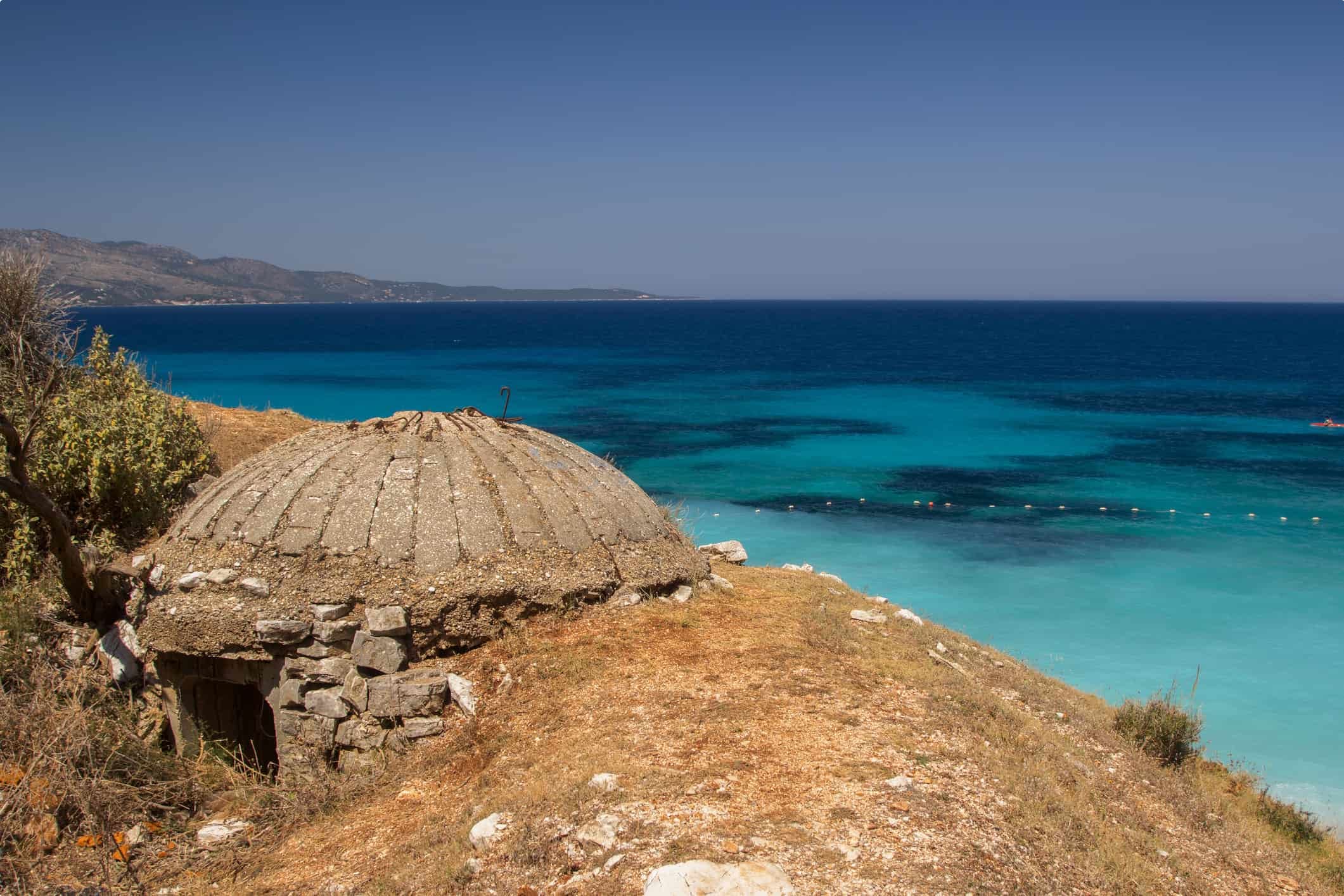
The Communist party ruled Albania until 1992, with Hoxha at its helm until his death in 1985. During this six-decade rule, Hoxa succeeded in isolating Albania from all potential allies, despite brief periods of friendships with China, the USSR, Yugoslavia and the USA. The totalitarian rule is still a point of controversy and disagreement. All religious sites were closed and Albania was declared the world’s first atheistic state in 1967. More than 700,000 bunkers were built to defend the nation from another foreign invasion, one for every four citizens. The regime’s death toll in Albania has been estimated at more than 6,000 executions, and certain freedoms were heavily restricted. On the other hands, substantial economic and agricultural gains increased the quality of life in the 1970s.
Just as Albanian nationalism marched just behind the Balkan region as a whole, so too did anti-communist protests. In the 1990s, student-protests catalysed the drive to democracy. Elections were held, but were suspected of corruption, and so a second set of elections were called in 1992. These were deemed satisfactory by the public, and Albania had its first democratically elected government. Hopes of stability were foreshortened when, in 1996, the collapse of nation-wide pyramid schemes effectively transferred the majority of Albania’s wealth into the hands of the owners of such schemes. A period of intense anarchy followed, as police stations were robbed of their weaponry, and society collapsed. Albania has been on the steady path to recovery since, although again the country’s economic growth lags behind its regional competitors.
A Close-Up of the Balkans: ii The Story of North Macedonia
North Macedonia is a landlocked country lying over some of the most ancient lands of the Balkan region.
The country centres around its capital, ancient city of Skopje. The region has always been one of relative prosperity, given its location at the heart of the various trade and communication routes that pass through the Balkans. North Macedonia lies on just over a third of the geographical region of Macedonia, of which the other half is dominated by Greece.
Macedonia traces its heritage to the ancient dynasty of King Philip II (r 359–336 BC). Philip II’s son, Alexander the Great, spread Macedonia’s might across much of the known world. However, like many countries in the region, the history of North Macedonia is the source of tensions and rivalry. Greece’s similar claim to the ancestry of Alexander the Great was reflected in her refusal to accept ‘Macedonia’ as her neighbours official name. Instead, until a deal made fairly recently, North Macedonia was officially known by the catchy title of The Former Yugoslav Republic of Macedonia.
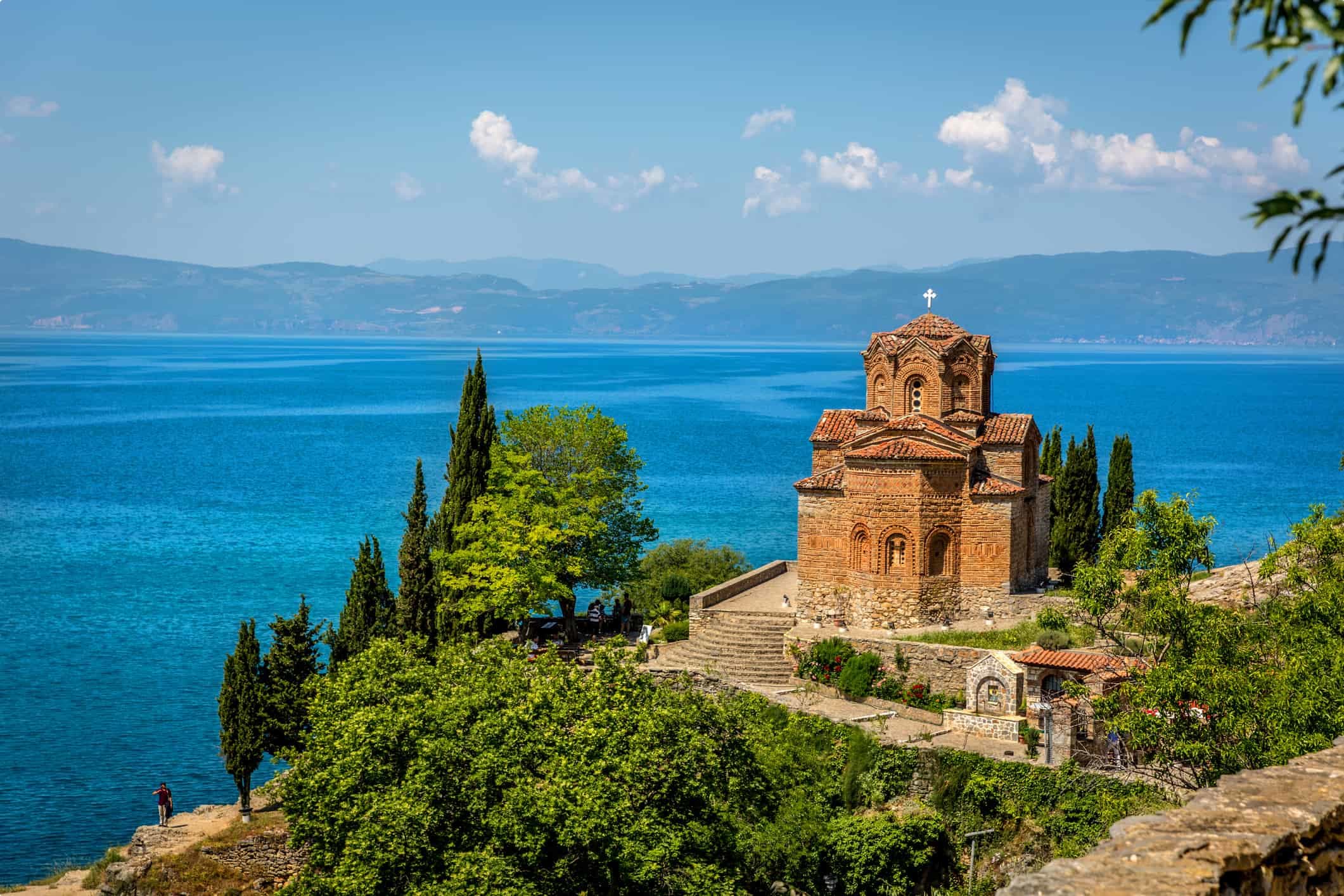
Just as North Macedonia’s cultural identity has been negotiated for, its very existence as a country was the culmination of a long campaign. There is a notable heritage of Macedonian nationalism, from the 1893 formation of the Internal Macedonian Revolutionary Organisation, and a ten-day old republic was fleetingly formed in Krusevo during 1903. However, as the Ottoman influence retreated from the Balkans, the region of Macedonia was divided up by Greece, Bulgaria, and Serbia after the first Balkan war in 1912. The region was then incorporated into the Kingdom of Serbs, Croats, and Slovenes after the war, which later became the communist Yugoslavia under Tito’s leadership after World War II.
Attempts at forging a Macedonian state were consistently restricted by the strength of its neighbours: Yugoslavia, Greece, Serbia, Turkey and Bulgaria. However, the collapse of Communism in Europe towards the late 1980s gave fresh hope to Macedonian independence efforts. North Macedonia’s borders were carved out of the remains of the communist Yugoslavia with elections in 1990. This explains why, whereas Albania is relatively homogeneous, North Macedonia is very diverse. Those who identify as ‘Macedonian’, typically understood as the descendants of Slavic tribes, make up around two thirds of the population. Ethnic Albanians constitute a quarter, whilst the rest is made up by an eclectic range of people, including a significant Turkish population.
This cultural diversity is responsible for many of North Macedonia’s most attractive destinations, but also the source of political uncertainty. The architectural, cultural and culinary variety is astounding, from Orthodox churches to Ottoman mosques and Greek cuisine. Though ethnic tensions have flared in the past, the deal formed between the Greece and North Macedonian government regarding the recognition of the latter’s name marks a period of increasing stability in the region.
How to Find Out More
The Balkans is a truly fascinating region. This article has done little to scratch the surface of the Balkan story. If you would like to find out more, then there is a whole catalogue of great books on the region. The Balkans (2000) by Mark Mazower is a great introduction to the general history from the fall of Byzantium to the present. Mazower skilfully outlines the many controversies that have surrounded the region, cutting through the common misconceptions that many still hold. For a focus on the more recent troubles, The Balkans (2012) by Misha Glenny is a brilliant appraisal of the region’s modern history, its place in Europe, and what the future might hold.

FAQs
What are the best tourist attractions in North Macedonia?
Odyssey’s Macedonian tours offer a route through the country’s fascinating history, via some of the most beautiful vistas in Europe. The Ohrid region, in the southwest of the country, is a superlative UNESCO world heritage site. The region sits around one of Europe’s deepest and most ancient lakes. The freshwater lake has existed since the pre-glacial period. The biological continuity has left the lake with a unique ecosystem that is one of the most diverse on Earth. Hundreds of species of wildlife, flora and fauna can be traced back to ancient times, much of which cannot be found anywhere else on the planet. On the shores of the lake lie multiple archaeological sites, easily covered on a walking tour, revealing some of the oldest human settlements ever found on the European peninsular.
Whilst the ancient flora and fauna has survived almost unchanged since those first settlers, the human archaeological remains reflect the history of development in the Balkans. Around the lake sits the oldest Slavic monastery and university. The ring of surrounding mountains has guarded the towns against many of the tides of history, and so much of the town exists in beautiful inertia. This state extends to the collection of Byzantine structures, with 2.5 kilometres of frescoes and over 800 monuments. These monuments include the Holy Mother of God Perivleptos and St. John Kaneo, reflecting the pinnacle of Byzantine culture.
North Macedonia is easily accessible through Skopje airport, with regular international flights to most countries.
What to visit in Albania?
Albania is home to two cities of UNESCO World Heritage Site pedigree. Albanian tours can start in, Berat a 2,4000 year old city, which was once the home of the ancient Illyrian peoples from whom modern Albanians trace their descent. The city is one of the hidden gems of Europe and stands as a remarkable monument to the various civilisations that have made their mark on the Balkan region. Sitting in the foreground to a rugged mountain range, the Ottoman architecture, including their iconic white houses, stands out in brilliant contrast. Another World Heritage Site is the archaeological park of Butrint, located in the southernmost part of Albania. Butrint, known in ancient times as Buthrotum, was an important settlement for the Greeks and the Romans due to its proximity to the Greek island of Corfu on the route to Italy along the Ionian Sea. The coastal town of Saranda, known for its deep, blue waters and bustling nightlife, is a popular entryway to Albania for travellers coming from Greece, and a great jump-off point for nearby beaches.
The travel experience of Albania is not restricted to archaeological sites. The natural scenery is immense, and Lake Skadar, glittering in its own national park, is a must visit. Lake Skadar is the largest lake in the Balkan region, with its turquoise waters and sloping beaches, is often the centerpiece of Albanian tours.
Related Tours
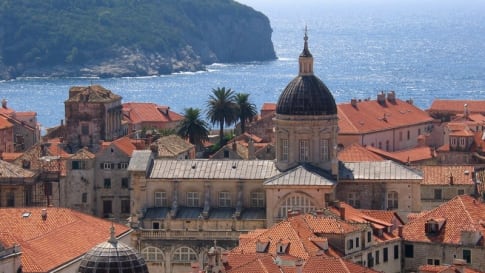
19 days
SepBalkans escorted small group tour
Visiting Albania, Bosnia and Herzegovina, Croatia
An 19 day small group tour tour takes you deep into the the Balkan Peninsula. Starting in Dubrovnik, travel through Croatia, Bosnia & Herzegovina, Serbia, Macedonia and Albania before returning to Dubrovnik.
From A$13,195 AUD
View Tour
19 days
AugHistory of Croatia small group tours for senior travellers
Visiting Croatia
Spend 19 days touring Croatia, starting in Zagreb then travel south following the coast, where trade and the influences of the outside world made its mark. Travelling with like minded people in our small group we will explore the country in depth with great local guides and stay in key historical area such as Porec, Zagreb and Dubrovnik.
From A$14,995 AUD
View Tour
18 days
Mar, NovWalking in Greece
Visiting Greece
Visits to UNESCO World Heritage Sites introduced by local guides feature on this walking tour for mature couple and single travellers. The days itineraries to selected destinations provide authentic experiences in the remote parts of Greece. A single supplement is charged for solo travelers on these small group journeys.
From A$11,715 AUD
View Tour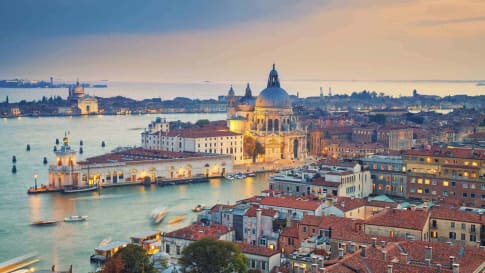
27 days
DecEuropean Cities Small Group History and Cultural Winter Tour
Visiting Albania, Croatia
An escorted tour A Journey that commences in Rome and takes in 12 destinations along its journey to Athens. This is an off season small group journey with like minded people. A small group tour across Southern Europe with local guides sharing authentic in-country authentic experiences for mature couples and solo travellers.
From A$17,295 AUD
View Tour